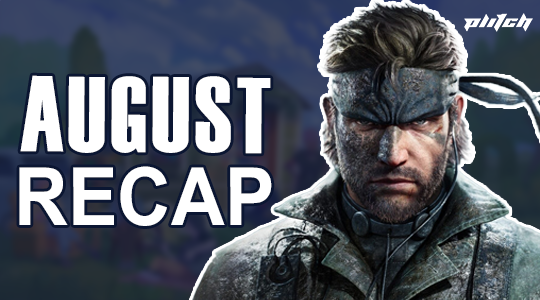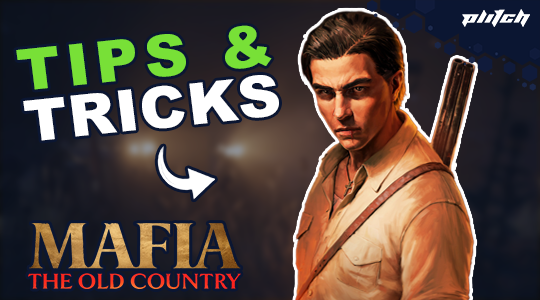From the smoky streets of 1930s Lost Heaven to the sun-drenched swamps of 1960s New Bordeaux, the Mafia series has delivered gripping, cinematic crime stories for over two decades. This blog explores the history of the Mafia game franchise—its iconic characters, unforgettable cities, and the storytelling legacy that continues to develop.
Table of Contents
The Early Days of the Mafia Franchise: A Crime Epic is Born
In 2002, the gaming world was introduced to a gritty, story-driven experience that would become a cult classic: Mafia. Developed by the Czech studio Illusion Softworks and published by Gathering of Developers, the original Mafia was more than just another open-world game. It was a cinematic exploration of the American underworld of the 1930s, filled with vintage cars, trench coats, tommy guns, and a moral compass that was always slightly off.
Setting the Scene: Welcome to Lost Heaven
Set during the final years of Prohibition, Mafia takes place in the fictional city of Lost Heaven, a gritty metropolis inspired by real American cities like Chicago, New York, and Los Angeles.
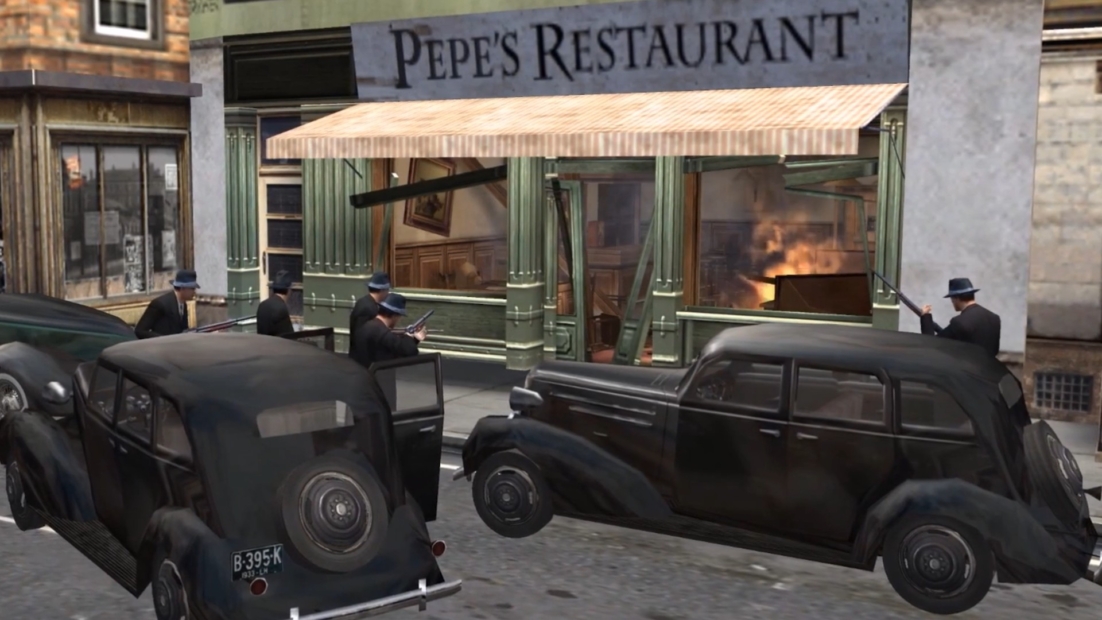
You step into the worn shoes of Tommy Angelo, a humble taxi driver who gets pulled into the violent world of organized crime after a chance encounter with members of the Salieri crime family. What starts as a survival decision turns into a full-blown career in the mob, including shootouts, car chases, and moral dilemmas.
Gameplay with Grit
Unlike the flashy, chaotic style of other open-world games of its time, Mafia focused on realism. You drove era-accurate vehicles (which handled accordingly), obeyed traffic laws to avoid police attention, and navigated through a detailed cityscape.
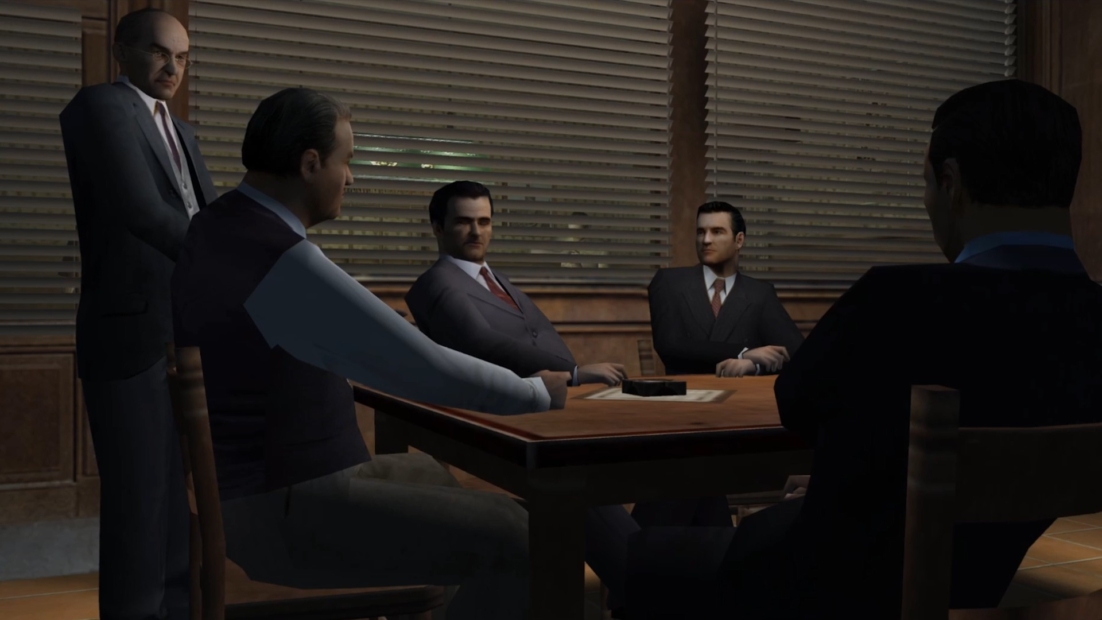
The game combined peaceful city cruising with intense missions, including shootouts, stealth segments, and adrenaline-filled car chases. Although the world wasn’t completely open like modern sandbox games, Mafia provided a strong sense of immersion and progression through its linear, story-driven missions.
A Long Road to Release
The development of Mafia started in 1998 under the project name “Gangster.” Initially, it was meant to be a driving game like Driver (1999), but it gradually shifted into a story-driven action-adventure. Illusion Softworks even thought about adding multiplayer modes, but these were ultimately scrapped.
The team initially used the engine from Hidden & Dangerous, but performance limitations prompted the development of a new engine, LS3D, which delayed the game’s release until 2002.
A Story Worth Telling
The game’s director and writer, Daniel Vávra, drew inspiration from classic mob movies like The Godfather and Goodfellas. Originally, players were supposed to play as a cop fighting the Mafia, but Vávra changed the story and chose to tell it from the inside. He wanted players to feel what it’s really like to live the gangster life: the power, loyalty, violence, and ultimately, the consequences.
Mafia II: A New Era of Crime and Consequences
Eight years after the original Mafia introduced us to the criminal underworld of Lost Heaven, the sequel Mafia II roared onto the scene in August 2010. Developed by 2K Czech and published by 2K Games, this standalone sequel took everything fans loved about the original—gritty storytelling, immersive period setting, and cinematic flair—and made it even better.

Set between 1945 and 1951, Mafia II moves the action to the lively city of Empire Bay, a fictional blend of New York, Chicago, Boston, and other major American cities. This time, you step into the polished leather shoes of Vito Scaletta, a World War II veteran and second-generation Sicilian-American, as he gets pulled into the city’s web of Mafia families, debts, and double-crosses.
A Veteran with a Vendetta
Vito’s story is one of ambition and desperation. After returning from the war, he discovers his family is drowning in debt. What begins as a few small-time jobs with his childhood friend Joe Barbaro quickly turns into full-fledged mafia involvement. As Vito rises through the ranks of the city’s crime syndicates—rubbing elbows with the Falcone, Vinci, and Clemente clans—he also faces betrayal, jail time, and the high cost of loyalty.
Empire Bay: A City Alive with Detail
Where Lost Heaven felt like a stage for Tommy Angelo’s rise and fall, Empire Bay feels like a character. The game vividly depicts the two distinct eras of post-WWII optimism and early 1950s tension with authentic detail.
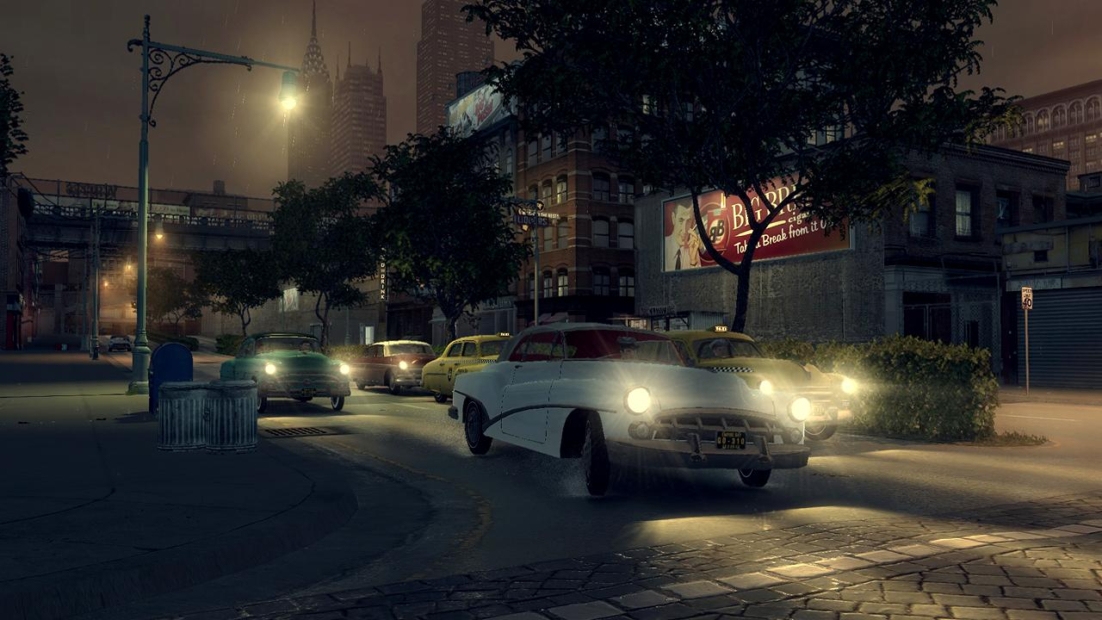
The city features industrial zones, upscale suburbs, busy downtown areas, ethnic neighborhoods, and even a detailed prison facility. Although it’s not a fully open-world sandbox (and some criticize it for this), the world was built with storytelling in mind, providing a tight, immersive setting for Vito’s journey.
From Concept to Console
Development of Mafia II started shortly after the release of the original, with the story being written as early as 2003. However, the game went through several changes during its lengthy development process. Initially planned for PlayStation 2 and Xbox, the project shifted to next-gen consoles (PlayStation 3 and Xbox 360) and PC, using a new engine—the Illusion Engine—created specifically for the sequel.
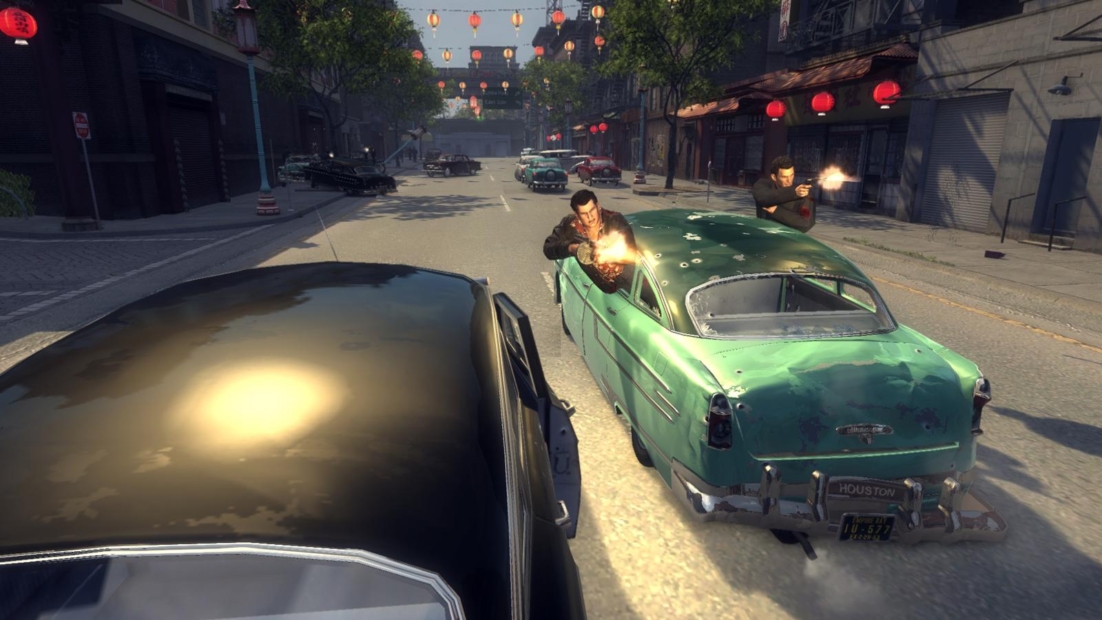
Delays pushed the game’s release to 2010, but anticipation remained high. A demo was released two weeks before launch, and 2K partnered with Playboy Magazine, adding collectible in-game vintage covers—a playful nod to the era.
Controversy and Cut Content
Despite strong critical acclaim for its story and characters, Mafia II experienced some controversy. Fans uncovered significant cut content in the game’s files, including removed missions, melee weapons, stores, and even an expanded Sicily campaign that was cut during development. Some of this content later appeared in DLCs, raising suspicions that parts were held back for post-launch sales.
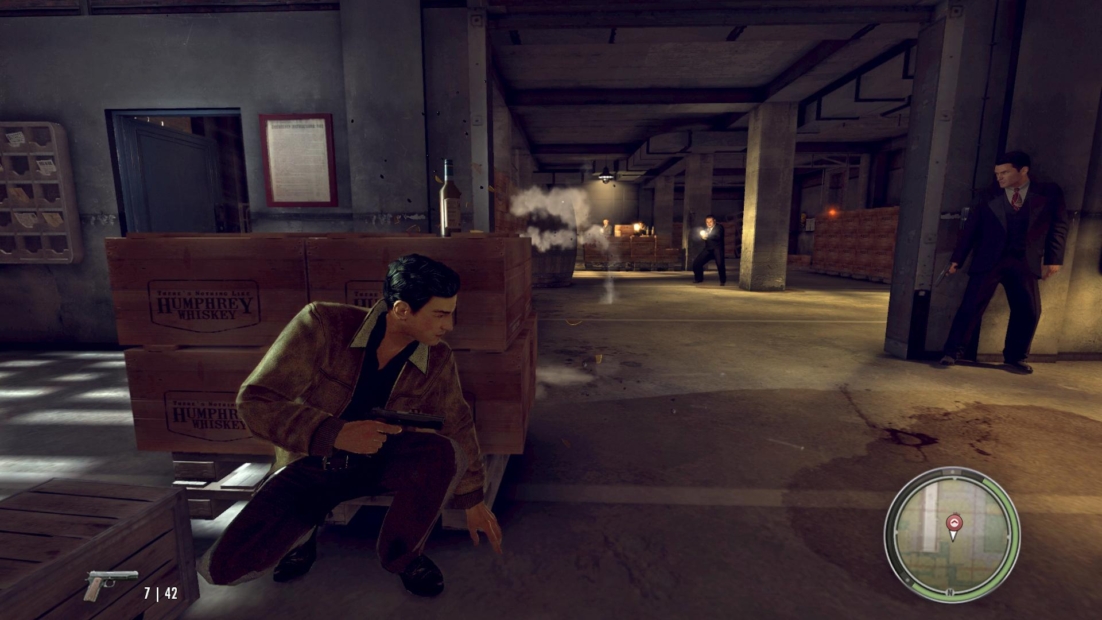
There were also public criticisms from organizations like Unico National and members of the European Parliament, who accused the game of promoting harmful stereotypes about Italian-Americans. 2K Games responded by emphasizing the game’s mature rating and its artistic similarities to mob films such as The Godfather.
Mafia III: A Bloody Rebirth in New Bordeaux
Released in October 2016, Mafia III marked a bold shift for the franchise, both in gameplay and tone. Developed by the newly created Hangar 13, the game swapped the classic Italian-American mob themes for a gritty, racially charged revenge story set in New Bordeaux, a fictionalized version of 1968 New Orleans. With a new protagonist, an expansive open world, and a darker narrative tone, Mafia III took risks that divided fans but also left a lasting impression.
A New Face of the Mob
Mafia III follows Lincoln Clay, a biracial Vietnam War veteran and orphan raised by the Black mob in New Bordeaux. After returning from the war, Lincoln intends to leave his criminal life behind until a brutal betrayal by the local Italian mob boss, Sal Marcano, results in the death of his surrogate family.
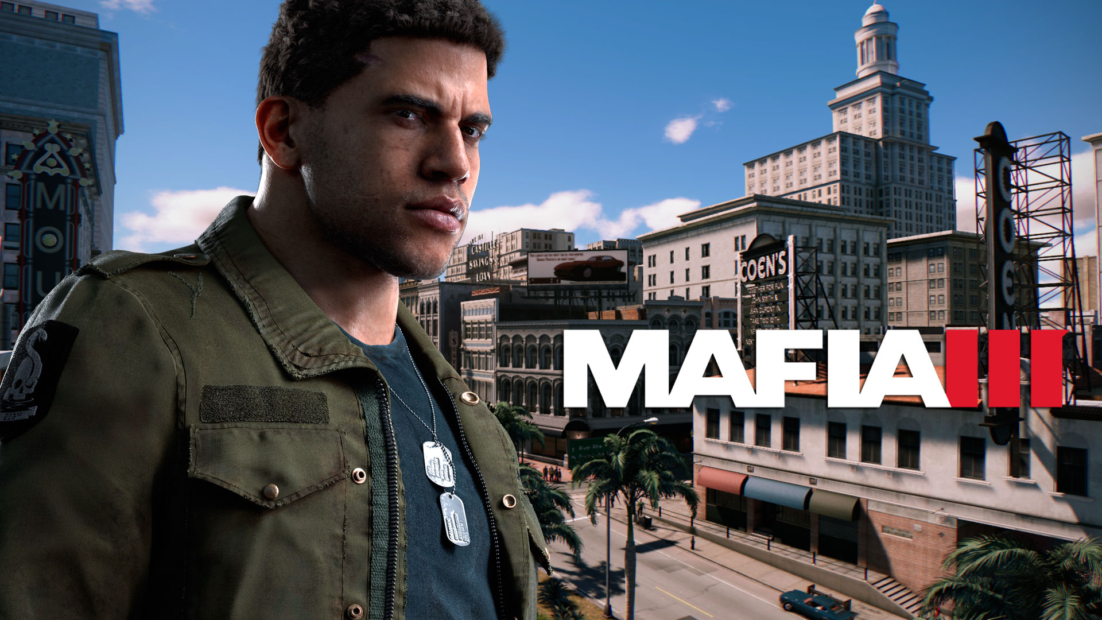
What follows is a story of methodical revenge. Lincoln doesn’t just go after Marcano—he builds an empire from the ground up, taking over rackets, recruiting underbosses, and dismantling the old order piece by piece. His allies include colorful and dangerous characters like Irish gangster Burke, Haitian voodoo queen Cassandra, and returning Mafia II fan favorite Vito Scaletta—now older and far more jaded.
New Bordeaux: A City of Sins and Swamps
New Bordeaux is Mafia’s largest and most vibrant setting yet—an atmospheric reimagining of 1960s New Orleans, complete with neon-lit jazz clubs, segregated neighborhoods, Southern bayous, and political corruption at every corner. The map is divided into ten distinct districts, each with its own economy, culture, and criminal operations.
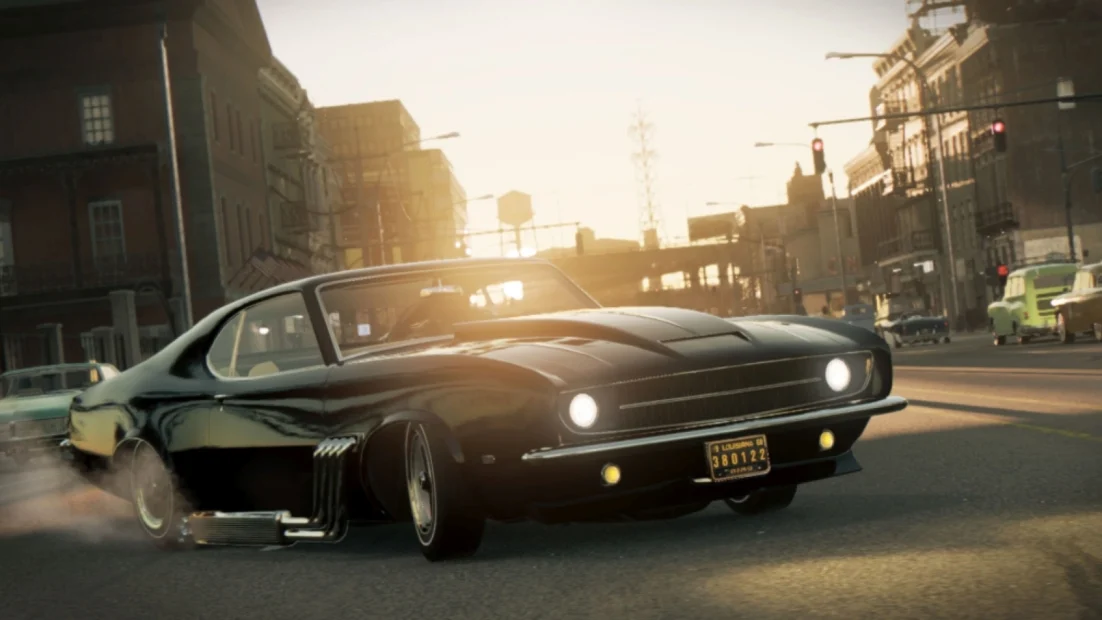
Beyond its size, what truly stands out is the game’s social commentary. Racism, police brutality, and class division are embedded directly into the world. NPCs react differently to Lincoln depending on the neighborhood. Police response changes based on area demographics. It’s a bold but thoughtful approach that gives Mafia III a distinctive voice in a crowded genre.
Development: A New Studio, a New Direction
Hangar 13, led by Haden Blackman (recognized for his work on Star Wars games), was focused on developing Mafia III. The studio aimed to modernize the franchise for today’s audience, choosing a unique story approach instead of a traditional sequel.

The choice to tackle themes of race, trauma, and systemic corruption made Mafia III stand out from other crime games, but it also sparked both controversy and praise. For some players, it marked a significant step forward in storytelling. For others, it felt disconnected from the franchise’s traditional roots.
Reception and Sales
Mafia III was a commercial hit, shipping over 4.5 million copies in its first week and eventually selling more than 7 million units. Critics praised the story, characters, and soundtrack, but overall reviews were mixed because of repetitive missions and open-world fatigue.
Still, the game received several award nominations, including for Best Narrative, and helped establish Hangar 13 as a studio willing to take risks.
Mafia: Definitive Edition – A Classic Reimagined
Released in September 2020, Mafia: Definitive Edition is a complete remake of the original 2002 game, rebuilt from the ground up by Hangar 13. While the core elements—same characters, same story, same iconic city—remain intact, the experience is fully modernized with fresh visuals, updated gameplay, and a newly recorded score. This isn’t just a refresh; it’s a complete overhaul designed to bring Mafia to a new generation.
A New Coat of Blood and Bricks
Set in the fictional city of Lost Heaven during the 1930s, the game once again follows Tommy Angelo, a humble Sicilian-American cab driver who stumbles into the criminal underworld after a chance encounter with the Salieri crime family.
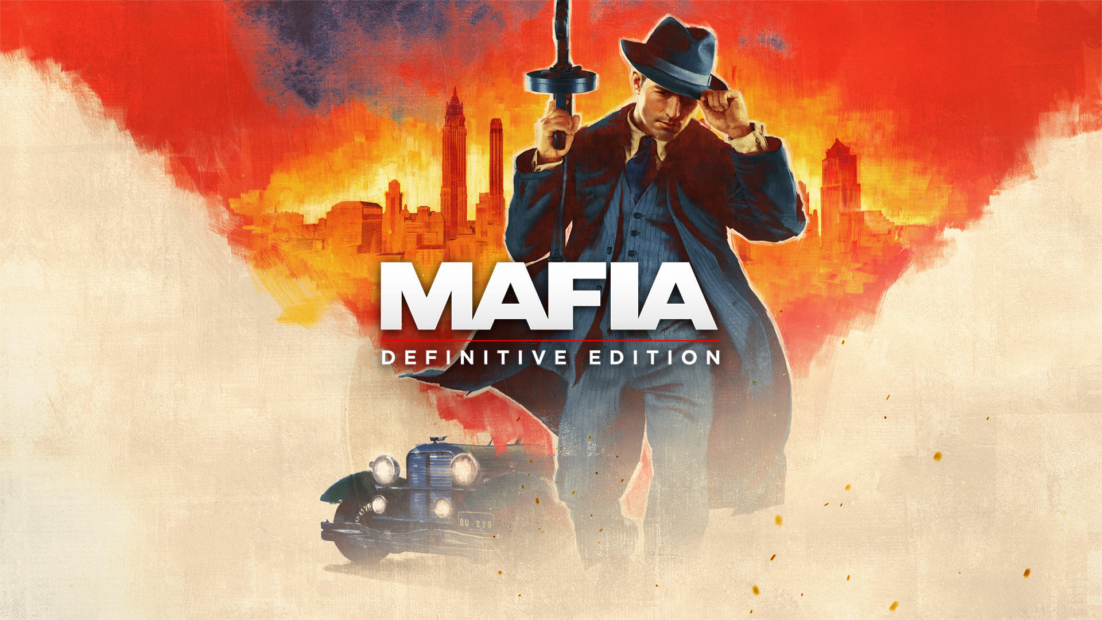
While staying true to the original core story, Hangar 13 seized the chance to tighten the dialogue, flesh out the supporting characters, and add more emotional depth to Tommy’s journey. The game’s cinematic style stands out, with exceptional voice acting and motion capture that bring characters like Don Salieri and Paulie to life with renewed intensity.
Lost Heaven, Rebuilt
The most noticeable upgrade is visual. Mafia: Definitive Edition uses the Fusion engine (the same engine as Mafia III) and offers a moody, authentic 1930s look. Hangar 13 completely redesigned Lost Heaven, reshaping neighborhoods, enhancing road layouts for smoother driving, and adding period-accurate landmarks. Districts like Chinatown now feel more culturally distinct, and side alleys and shortcuts make missions more seamless.
Gameplay: Old-School Meets Modern Mechanics
The remake mixes the classic mission layout of the original with updated mechanics from Mafia III, such as better driving, tighter gunplay, and the addition of motorcycles. That said, it still has a somewhat old-school vibe. This isn’t GTA V or Red Dead Redemption 2, and some animations and controls can feel a bit stiff by today’s standards.

Combat feels deliberate and weighty, with cover-based shooting and plenty of tension. Traveling, however, is surprisingly enjoyable, offering an authentic experience that captures the era’s sluggish handling and winding roads.
Mafia: The Old Country (2025)
A Return to the Roots
Set decades before the original game, Mafia: The Old Country explores the roots of organized crime in early 20th-century Sicily. Developed by Hangar 13 and set to be released on August 7, 2025, the game follows Enzo Favara, a young man fleeing the brutal conditions of Sicily’s sulfur mines by joining the powerful Torrisi crime family. The story takes place in San Celeste, a fictional Sicilian town that previously appeared in Mafia II.
Narrative-Driven Gameplay
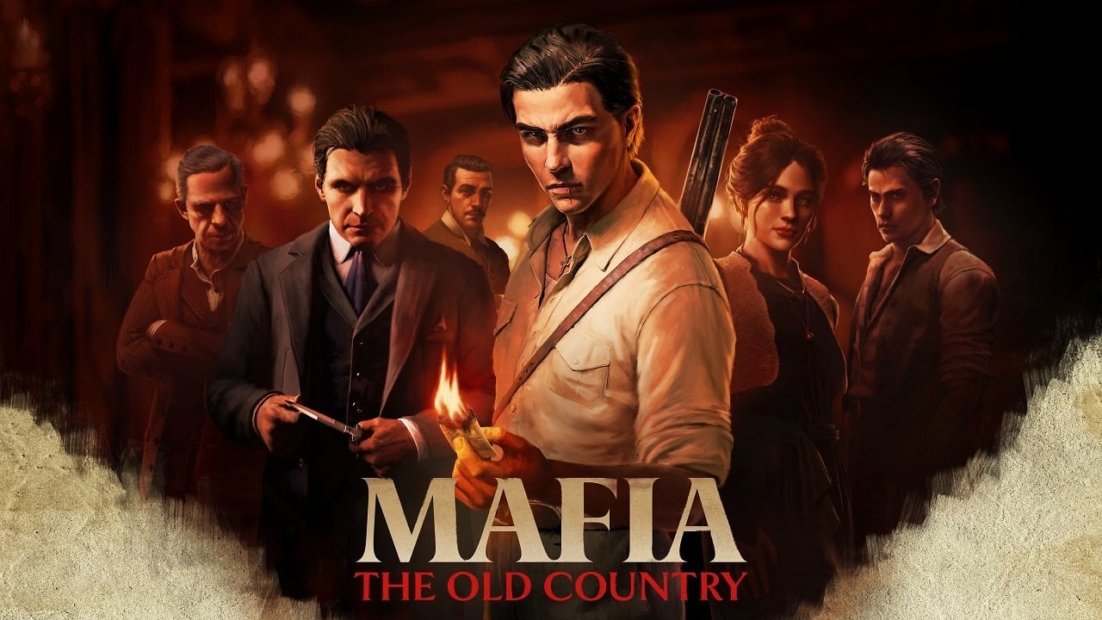
Unlike the more open-ended design of Mafia III, this prequel focuses on a linear, story-rich structure similar to the first two games. That said, you’ll still be able to explore the world between missions, combining open-world freedom with carefully crafted storytelling.
Development and Direction
Mafia: The Old Country is the first game in the series built with Unreal Engine 5, delivering a major boost in visual quality. Directed by Alex Cox, the project returns to the franchise’s roots, both in theme and gameplay. The game will launch on PlayStation 5, Xbox Series X/S, and Windows PC, completely skipping last-gen consoles.
Hype and Expectations
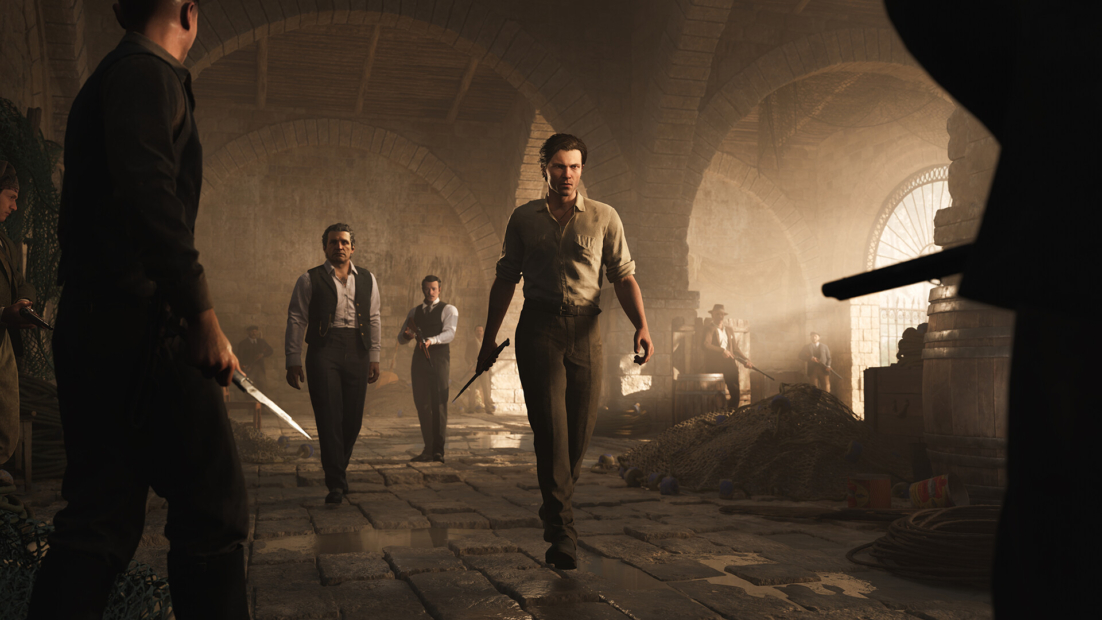
Mafia: The Old Country launched with a teaser at gamescom 2024, followed by a full trailer at The Game Awards later that year. A gameplay showcase released in July 2025 revealed mission briefings, gunplay, driving, and stealth mechanics, indicating a more refined experience that combines the best of classic and modern Mafia gameplay.
You might also like:
